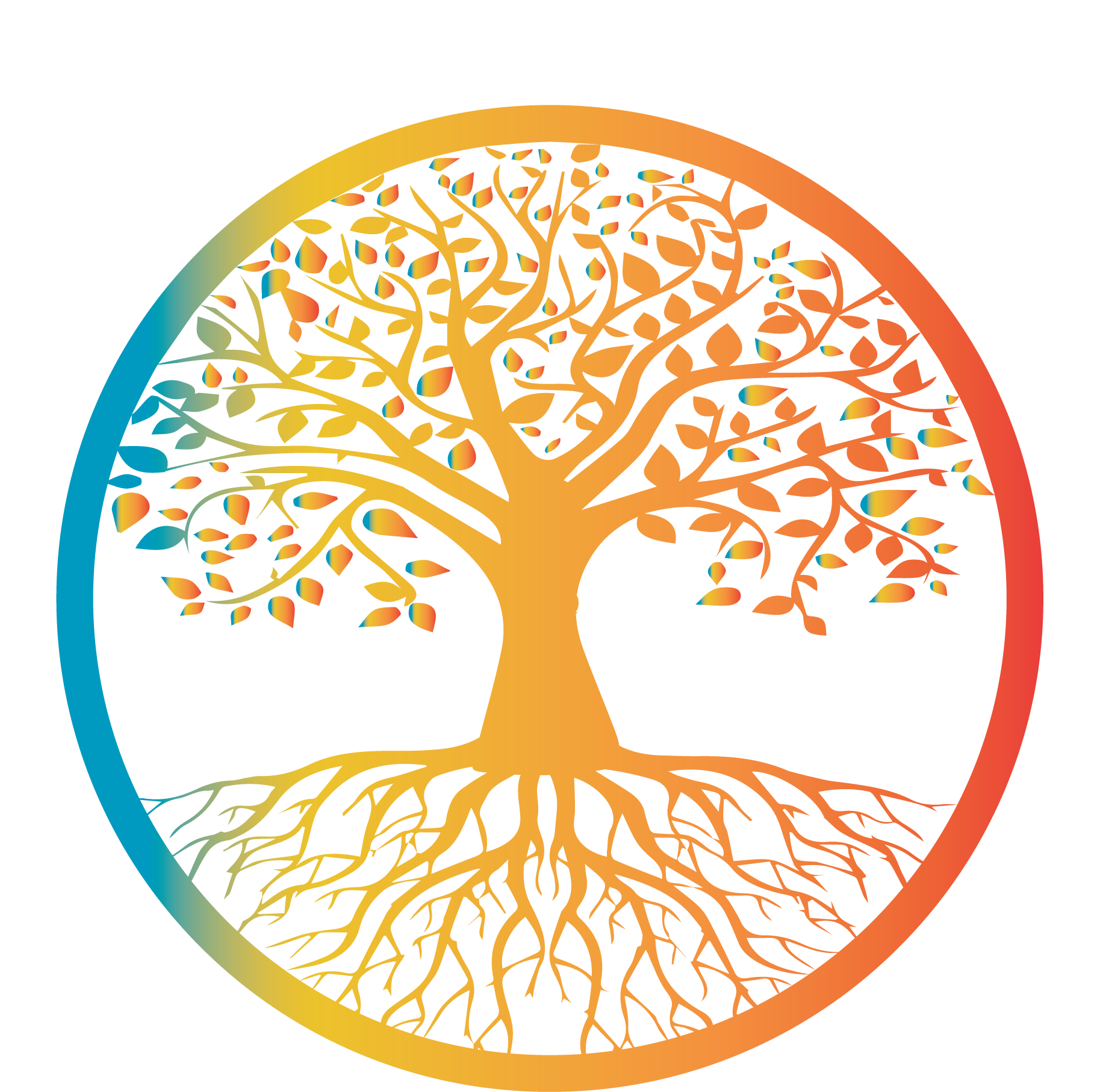Kindergarten English Benchmarks
First Quarter1.K.1 Use high frequency words, environmental print to read simple texts.
1.K.2 Identify and use letter-sound relationships to identify some words. (6 letters)
1.K.4 Identify initial and final sounds in words; recognize and sequence letters of the alphabet. (5 beginning)
3.K.1 Retell beginning, middle, and end of familiar stories. (nursery rhymes)
3.K.3 Listen to stories from different cultures and eras.
3.K.7 Listen and respond to poetry and prose.
4.K.2 Recall information from text, pictures, and graphs.
5.K.1 Respond to information by drawing or writing.
7.K.4 Write own first and last name (and capitalize the first letter correctly). (First name)
7.K.5 Spell first name correctly.
7.K.6 Form letters correctly. (6 letters)
8.K.1 Listen for a variety of purposes (information, solve problem, enjoy.)
8.K.2 Attend to and respond to stories and group discussions.
8.K.4 Listen to and follow oral directions.
9.K.1 Expand vocabulary to communicate ideas.
9.K.3 Share and respond to ideas.
9.K.4 Relate experiences and retell stories.
10.K.1 Take turns in conversations and group discussions.
10.K.2 Ask and answer questions.
10.K.3 Share ideas and information.
11.K.1 Formulate questions to explore areas of interest.
Second Quarter1.K.1 Use high frequency words, environmental print to read simple texts.
1.K.2 Identify and use letter-sound relationships to identify some words. (12 letters)
1.K.4 Identify initial and final sounds in words; recognize and sequence letters of the alphabet. (5 beginning)
3.K.1 Retell beginning, middle, and end of familiar stories. (Simple story)
3.K.3 Listen to stories from different cultures and eras.
3.K.7 Listen and respond to poetry and prose.
4.K.2 Recall information from text, pictures, and graphs.
5.K.1 Respond to information by drawing or writing.
5.K.2 Draw or write to communicate.
7.K.4 Write own first and last name (and capitalize the first letter correctly). (First name)
7.K.5 Spell first name correctly.
7.K.6 Form letters correctly.
(12 letters)
8.K.1 Listen for a variety of purposes (information, solve problem, enjoy)
8.K.2 Attend to and respond to stories and group discussions.
8.K.4 Listen to and follow oral directions.
9.K.1 Expand vocabulary to communicate ideas.
9.K.3 Share and respond to ideas.
9.K.4 Relate experiences and retell stories.
10.K.1 Take turns in conversations and group discussions.
10.K.2 Ask and answer questions.
10.K.3 Share ideas and information.
11.K.1 Formulate questions to explore areas of interest.
Third Quarter1.K.1 Use high frequency words, environmental print to read simple texts.
1.K.2 Identify and use letter-sound relationships to identify some words. (18 letters)
1.K.4 Identify initial and final sounds in words; recognize and sequence letters of the alphabet. (5 ending)
2.K.1 Use prior knowledge and picture clues as pre-reading strategies
3.K.1 Retell beginning, middle, and end of familiar stories. (Review both)
3.K.3 Listen to stories from different cultures and eras.
3.K.5 Listen for rhythm, rhyme, and alliteration.
3.K.7 Listen and respond to poetry and prose.
4.K.1 Know that text, pictures, & graphs provide information.
4.K.2 Recall information from text, pictures, and graphs.
4.K.3 Distinguish between statements and questions.
5.K.1 Respond to information by drawing or writing.
5.K.3 Draw or write stories about experiences and events.
6.K.3 Draw and write, with teacher help, simple stories.
7.K.4 Write own first and last name (and capitalize the first letter correctly). (Last Name)
7.K.5 Spell first name correctly.
7.K.6 Form letters correctly. (18 letters)
8.K.1 Listen for a variety of purposes (information, solve problem, enjoy).
8.K.2 Attend to and respond to stories and group discussions.
8.K.4 Listen to and follow oral directions.
9.K.1 Expand vocabulary to communicate ideas.
9.K.3 Share and respond to ideas.
9.K.4 Relate experiences and retell stories.
10.K.1 Take turns in conversations and group discussions.
10.K.2 Ask and answer questions.
10.K.3 Share ideas and information
11.K.1 Formulate questions to explore areas of interest
11.K.2 Use simple reference materials and technology.
Fourth Quarter1.K.1 Use high frequency words, environmental print to read simple texts.
1.K.2 Identify and use letter-sound relationships to identify some words. All letters
1.K.4 Identify initial and final sounds in words; recognize and sequence letters of the alphabet. (both beginning and ending)
3.K.1 Retell beginning, middle, and end of familiar stories. (Story)
3.K.3 Listen to stories from different cultures and eras.
3.K.5 Listen for rhythm, rhyme, and alliteration.
3.K.7 Listen and respond to poetry and prose.
4.K.1 Know that text, pictures, & graphs provide information.
4.K.2 Recall information from text, pictures, and graphs.
4.K.3 Distinguish between statements and questions.
5.K.1 Respond to information by drawing or writing.
5.K.4 Draw or write responses to literature.
6.K.1 Select ideas for writing.
7.K.4 Write own first and last name (and capitalize the first letter correctly). (Both)
7.K.5 Spell first name correctly.
7.K.6 Form letters correctly. (All letters)
8.K.1 Listen for a variety of purposes (information, solve problem, enjoy).
8.K.2 Attend to and respond to stories and group discussions.
8.K.4 Listen to and follow oral directions.
9.K.1 Expand vocabulary to communicate ideas.
9.K.3 Share and respond to ideas.
9.K.4 Relate experiences and retell stories.
9.K.5 Give clear directions to complete a simple task.
10.K.1 Take turns in conversations and group discussions.
10.K.2 Ask and answer questions.
10.K.3 Share ideas and information.
11.K.1 Formulate questions to explore areas of interest.
11.K.2 Use simple reference materials and technology.

